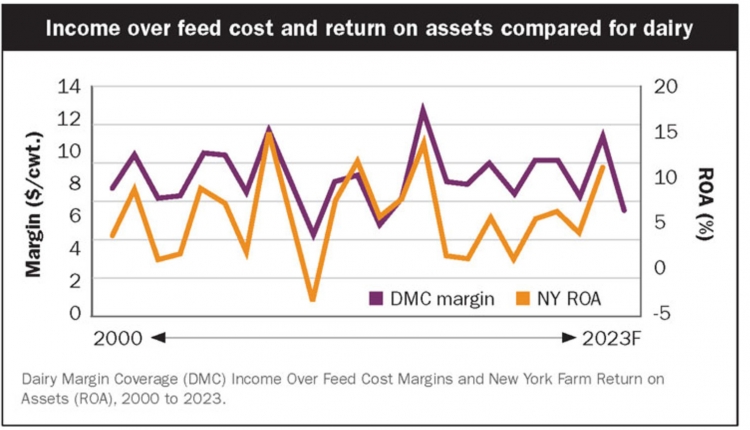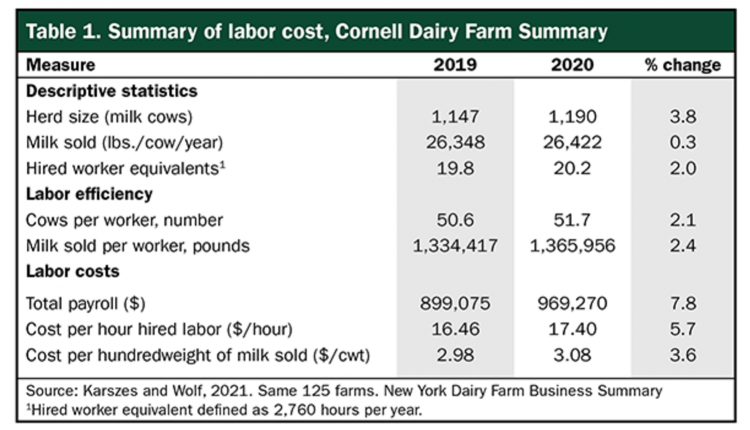Supply response can be extensive or intensive. Extensive supply response essentially entails adding cows. This can be done by bringing more of the available springing heifers into the herd, importing cattle (which is not common in any significant way), or keeping cows in milk rather than drying them off.
In the longer term, more heifers can be raised. This is particularly true with the advent of sex-sorted semen, so that gender can be selected with near-perfect accuracy. It takes nearly three years, though, from breeding to when that resulting calf enters the milking herd, so this is in no way a quick response.
Intensive supply response is milk per cow and component levels. Milk yield is affected by nutrition, genetics, management, and technology.
Milk production growth has stagnated or even reversed in the past year. Adjusting for the 2024 leap year effect in February, production has been below year earlier levels for 11 consecutive months as of May 2024.
While milk production is down, components are up. In particular, milkfat has continued a growth trend that began in 2011. From 2011 through 2023, milkfat yield rose almost 12%, while skim solids grew 2.5%.
Economic drivers of higher components on the demand side include relative fat and protein prices while supply aspects include management and innovations in areas such as nutrition and genetics. The incentives to elevate milk solids include price premiums as well as relatively lower per unit milk hauling costs.
At the extensive margin, supply response is about changing milk cow numbers. An examination of culling patterns differentiates between “voluntary” and “involuntary” culls.
Culling due to low production, aggression, or when a cow is sold for dairy purposes is referred to as voluntary culling. Involuntary culling is all other factors, including sales due to illness, injury, infertility, or death. The majority of culling is involuntary, as premature culling is expensive and should be avoided.
In the short term, farm managers can cut back on voluntary culls. Evidence suggests that this will happen depending on the relative profitability of keeping cows longer and the availability of replacements.
USDA data suggest that replacement heifers make up a historically low percent of the milk herd today. High beef prices have encouraged utilizing beef semen for crossbred bull calves where possible, and dairy farmers have increasingly selected heifers based on genetics to manage replacement costs. The extent to which heifer inventory affects farm situations will vary, but it puts a ceiling on supply response at the extensive margin in the short term.







